Sometimes, saying ‘yes’ to the small moments is what eventually leads us to the big successes in our lives.
Or, at least, that’s how it appears to have worked out for musician and songwriter Denny Sarokin.
As a matter of fact, Sarokin saying ‘yes’ to some of the small moments in his personal (and professional) lives is what eventually led to Sanibel Island’s proudest musical milestone.
Way back in the early 80s, Sarokin probably never would have guessed that the reverberations of a failed romantic relationship would echo their way through his life until 1999; when their continuing resonance ultimately transformed into the studio recording and release of his song “Sanibel” by none other than Crosby, Still, Nash, and Young (some of his personal music heroes)!
(keep reading to hear the song – and, if you feel like it, follow @sanibel_barometer on instagram)
“Sanibel” by CSNY (and Denny Sarokin): How it all Began
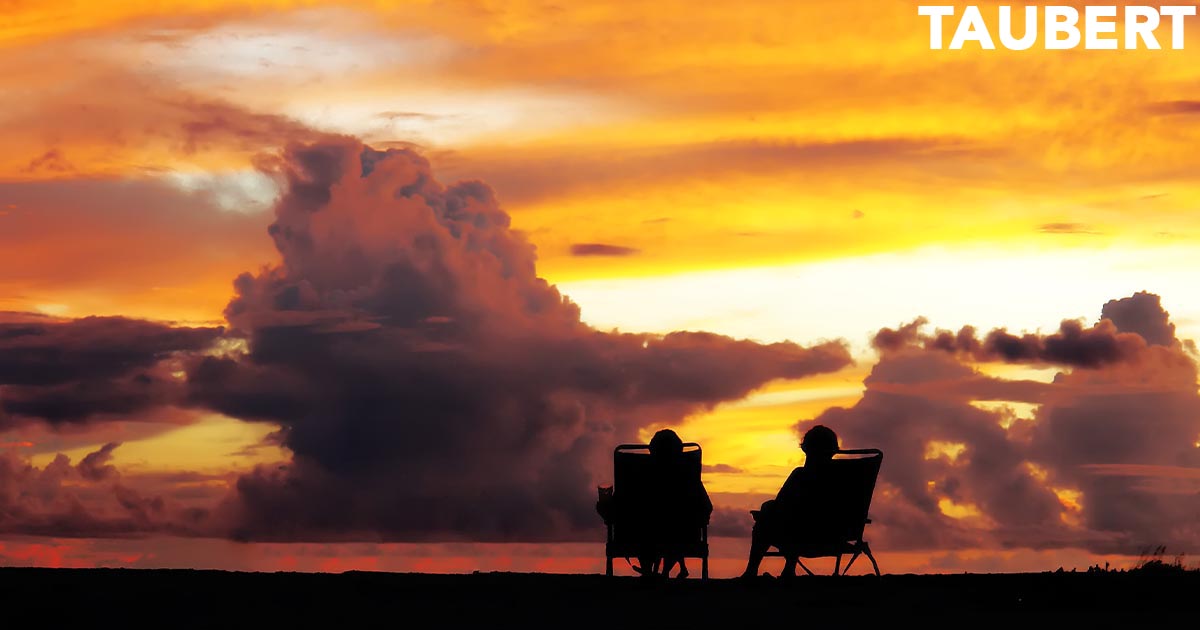
It all started in 1981 when Sarokin called up his girlfriend Suzie, who he had been seeing for awhile, to let her know he was picking up some Chinese food on the way home. He asked her what she wanted from the restaurant. Suzie replied that she just wanted the same dishes as usual. Everything seemed normal. But by the time Sarokin picked up the food and arrived back at his house, Suzie was gone.
“She was just missing,” states Sarokin (in a video interview about how the song Sanibel was written), “and I knew by the nature of the lady that there was no foul play involved. She was a bit of a gypsy spirit and she had these tendencies to just randomly pop up in Mexico, or in Colorado in the mountains. But I was kind of brokenhearted over it…“
Approximately six months later, Sarokin was working a boring day job when a postcard arrived in the mail. There was a beautiful tropical sunset on the front. On the back it said, “The sunsets are beautiful on Sanibel. Wish you were here. Love, Suzie.“
“It knocked me for a loop,” continues Sarokin, “it brought up all sorts of emotions; good and bad. The interesting thing about the postcard was that it had no name, no address, no reference point. I didn’t know if maybe that was something that was part of the ‘mating game’, where it’s like, ‘If you really want to see me and you want to forgive me, it won’t be hard to find me down here.’ Or it might have just been that somebody smoked some good weed when they wrote the postcard and they forgot to put their name and address on it. I kicked it around, back and forth, and in the end I didn’t act upon it. But I was emotionally disrupted by it.“
That’s when Sarokin picked up his guitar.
At the time he was living out in a little pool house in LA. It was evening time and there were the lights in the pool and a little gentle wind.
“It just sort of put me in an ocean vibe,” states Sarokin, “and it mellowed me out. It almost sedated me. I wound up messing around with one of those Joni Mitchell open-G tuning kind of things; and this song just sort of took over. The mood took over. The song came very quickly… The simple story of somebody, almost like a merchant marine kind of guy, stuck in the city somewhere and trying to get back to the dream woman on the dream tropical island. The song came out very quickly. It became something I just parked away. I said, ‘Well that one was sort of written through me, it’s for the muse, it doesn’t fit in with any band or anything that’s going on, it’s not going to get me a record deal.’ It just sort of stayed in the closet for awhile.“
Years Later: Saying ‘Yes’ to a Small Moment
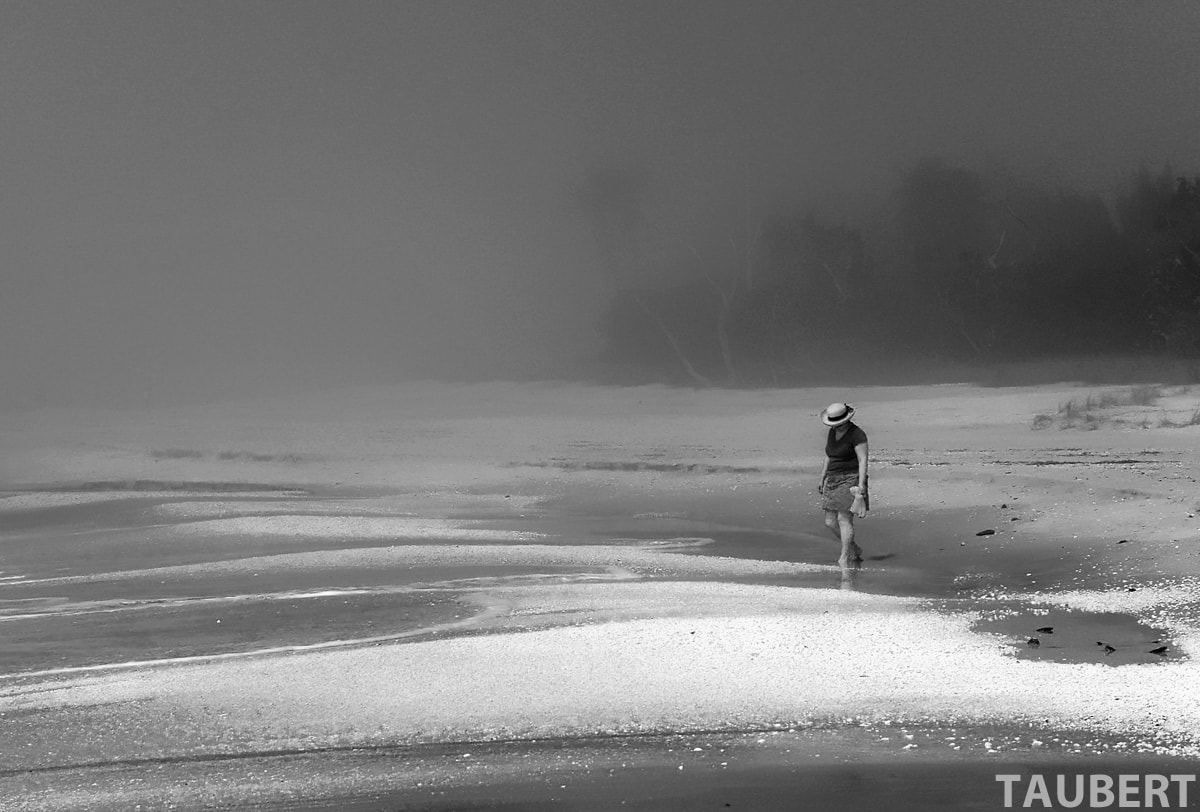
Several years later, Sarokin randomly ran into an acquaintance named Alan McDougall, who he knew through a mutual friend at A&M Publishing. McDougall asked Sarokin if he played any slide guitar – and would he be willing to teach his son?
“I said, OK, I can show him some stuff,” states Sarokin. “He dropped his kid off with me the very next day and he said, ‘I’m going over to Graham Nash, have you got any songs for him?’ Alan and Graham were the best man at each other’s weddings. They’d been lifelong friends. I had a little sampler reel of a few songs and Sanibel was on there. I handed it to him. I thought nothing of it. You have to keep an even keel in these situations; the higher the expectations, the greater the disappointment.”
A couple of days later there was a message on Sarokin’s answering machine. “Hello, Denny. This is Graham Nash calling from Maui; and I’m just calling to say we’re all going to get rich with your wonderful song, Sanibel.”
“I didn’t hear anything after I got the voice message on my machine for awhile,” states Sarokin. “There was just a customary round where I had his people call my person, who was my brother’s fraternity brother from college, who was my attorney. Nothing came of it. There was no defining of anything they wanted to do with it.“
Nash wanted the song; but he wasn’t presently recording, he had no plans to record, he wasn’t building up a publishing catalog to shop songs around.
“I said, ‘Well, I appreciate that he wants it, but let me know when he has something to do,‘” states Sarokin. “As a writer and publisher I couldn’t commit to taking the song off of the market.”
Several More Years: then an Unexpected Call

The years continued to pass. Every now and then, Sarokin would get a call from the same manager telling him that Nash wanted the song. Still, there were no concrete details as to how it would be used. There were sparse discussions about secret projects that never panned out. Crosby, Stills, Nash, and Young did their “American Dream” album; and there was word that “Sanibel” was being considered for placement on that release, but it never happened.
“I just kept getting these ‘get you all stirred up’ calls,” states Sarokin, “and then there would be no follow through on the other end. So I basically wrote it all off.”
One day, an unexpected phone call arrived. It came at a time for Sarokin when “I had totally put music aside, or music had put me aside for awhile.” It was Graham Nash and he was looking for Denny Sarokin. He was calling to ask who had played guitar on the demo tape for “Sanibel”.
Sarokin advised Nash that he had personally played and sang everything on the demo.
“Nash said, ‘Well we had James Taylor in here and he couldn’t cut it on guitar,‘” states Sarokin. “‘Could you come down here?’“
Be Careful What You Wish For…
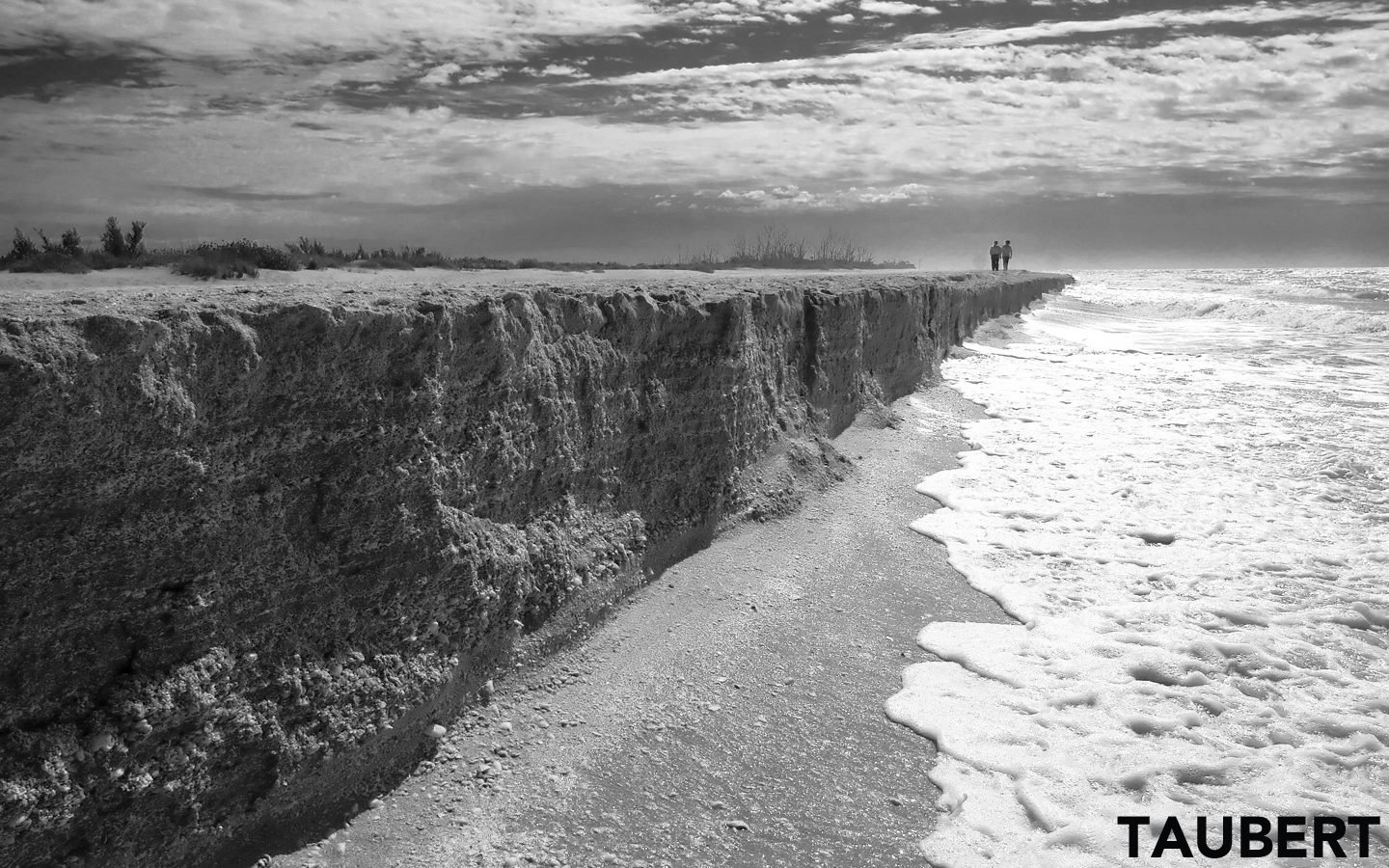
“I wound up driving down through a rare LA rainstorm,” states Sarokin, “and an hour later I’m sitting there in the The Record Plant studio in Hollywood recording the song with Crosby, Stills, and Nash. The only problem was, my guitar was in the shop. Graham told me, ‘Don’t worry, we’ve got all of Stephen’s guitars, just pick the one you like’.”
“So I went in the studio,” continues Sarokin, “and I really got to cut with my heroes. Other than getting invited to record with Crosby, Stills, and Nash, replacing James Taylor on guitar, and running through one of the world’s greatest antique Martin guitars collections, it was just like any other day. But it was one of those, be careful what you wish for kind of experiences. Because I think it was one of the greatest days in my musical career and it was one of the most challenging, difficult, frustrating days of my life as well.“
“I walked into the control room and Graham and David were talking,” states Sarokin in a blog post previously available on his website. “As intimidating as the situation might have been, Graham Nash is one of those rare people that makes you feel like you’ve been friends forever. David, on the other hand, was cordial but all business. I remember him saying something like, ‘Play it just like the demo, or you’ll f__k it up!’. I took that as a backhanded compliment; he wanted to make sure the integrity of the arrangement came through on the record.“
“Moments later,” continues Sarokin, “the band’s guitar tech took me into a back room filled with giant road cases that housed the Stephen Stills Martin Mini-Museum. I was like a kid in the candy store. I’ve played and owned many fine guitars in my life, but these rare, classic instruments were spectacular! I had to remind myself that I was there to work. I began noodling on different guitars, trying to find the one best suited for the track. During this time, the tech got a call from Stephen, who grilled me by proxy until I convinced him that I would be playing gently with bare fingers. Still replied, ‘OK, but tell him if he f__ks one up, I’ll kill him!’ Obviously, the theme for the day was for Denny to not f__k up.“
“I returned to the bliss of the Martin Museum,” continues Sarokin, “choosing a prewar, herringbone D-28 that felt and sounded like my early 60’s D-28. The tech did a great job of restringing and tweaking the guitar to perfection. I was then introduced to engineer/co-producer Stanley Johnston, and session all-stars Joe Vitale (drums), Bob Glaub (bass), and Craig Doerge (keyboards). These guys are masters at turning good songs into great records! They mic’d a scratch vocal/guitar track for me and we began running the arrangement down.”
“While Stanley was working on the drum sounds,” continues Sarokin. “Stills arrived. His first comment to me was to complain about my ball cap (the hat advertised some Atlanta team that was a rival to Stephen’s beloved Miami team). I’m used to being razzed by friends — but aren’t you supposed to be friends first? Sarcasm is a 2-way street, so I turned to the tech guy and said, ‘I like to war my guitar strap a little higher — can you drill another hole here?’, pointing to a spot on the precious Brazilian rosewood body of Still’s cherished antique guitar.”
“Stephen eventually broke out a guitar,” states Sarokin, “this was it! I was actually going to record with Stephen Stills! The player in me said, ‘Screw Sanibel — let’s jam!’, but I stuck to my game plan. After all, maybe if he played the guitar part himself, he’d feel more involved with the song.“
“I offered to show him my guitar arrangement with the greatest respect,” continues Sarokin, “I’ve ripped off more than my share of Still’s licks and techniques, and I knew he had all the chops needed to play it. But what came out of my face was, ‘I can show you the guitar part — it’s just me, ripping off you, ripping off Joni Mitchell’. That led to Stills reading me the riot act about who taught who what.“
“After a few minutes,” states Sarokin, “Graham came over and wanted to sing it through to make sure it was in the right key. Crosby and Stills returned, circled the piano, and began singing. Graham sang the verse, and when they all broke into harmony on the hook it was magic. The collective consciousness of the four of us merged into a single musical entity. After all of these years of singing and playing their own songs, Crosby, Stills, and Nash were actually singing one of mine! Talk about your cosmic connections! It was an epiphany — one of the purest, most perfect ‘white light’ moments of my life. It lasted about twenty seconds.“
In the end, Crosby, Stills, Nash and Sarokin (CSNS?) got the song cut and it was slated to be included on CSN’s ‘Live It Up” album released on Atlantic Records in 1990.
“When the album came out, I ran to the store all excited,” states Sarokin, “and the song is NOT there. I said, ‘come on’, but I didn’t even call up the people and say ‘What’s the deal? We had contracts…’ This was kind of like Lucy and the football with Charlie Brown.“
Neil Young Enters the Picture
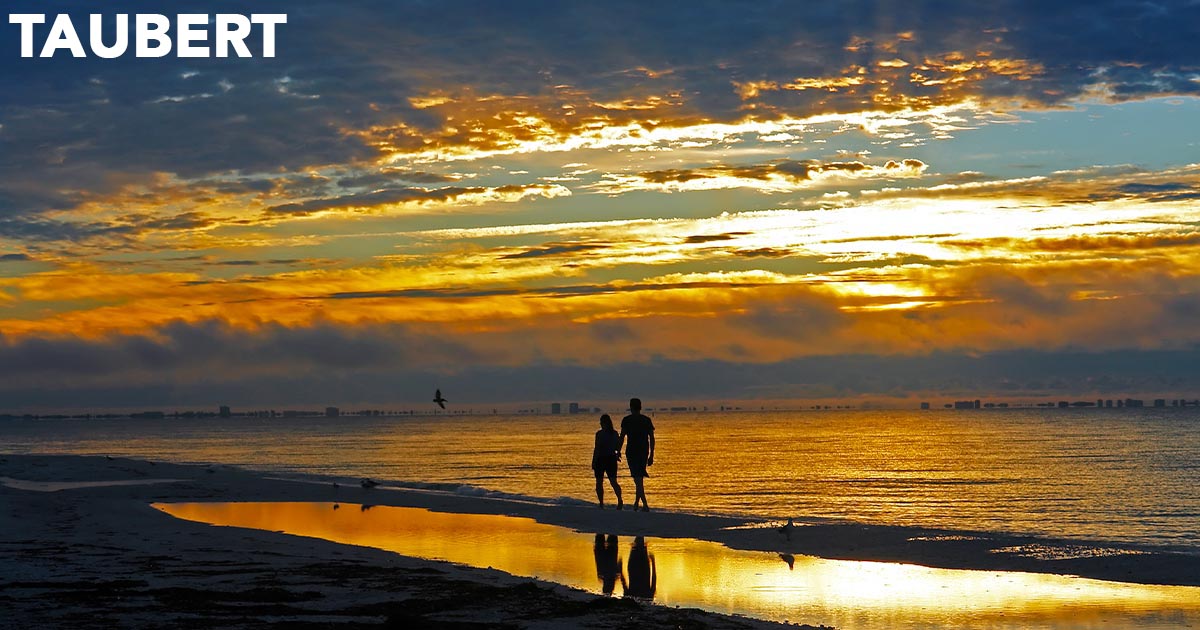
In 1998, around Christmas, Sarokin was in Nashville going about his business when he received another unexpected call from Graham Nash.
“Look Denny,” states Nash, “we’re doing an album and we think Neil is going to be with us now, and we want to use Sanibel. Don’t say anything to anyone, but it looks very good for a Crosby, Stills, Nash, and Young album…but Neil really follows his own muse.“
“Stephen Stills had visited Neil Young while they were working on the Buffalo Springfield box set,” states Sarokin. “Neil played Stephen some new stuff. Stephen played Neil a couple of things that Crosby, Stills, and Nash were working on. Then Neil said, ‘Hey I love that. I’d like to play some guitar on that.’”
Young immediately drove Stills down to Conway Recording Studios in Hollywood where Crosby, Stills, Nash, and Young spent a couple of weeks recording material — but none of them were sure whether they were actually working towards a CSNY album or whether Young was just having fun jamming on their stuff and would eventually walk away.
In the end, it wound up that they were all working together on an official CSNY album.
“Neil was a big fan of the ‘Sanibel’ song,” states Sarokin, “and he wanted to sing on one of the verses; but Graham had lost the master tapes for the sessions I had done with them in LA. All he had was a work DAT (digital audio tape). They went through all sorts of hell to try and use Pro Tools (recording software) to try and remove the voices on a verse so Young could sing it. They must have spent tens of thousands of dollars in the studio just poking the recording with a digital stick, when they could have just called me up and said, ‘Hey, here’s a $200 plane ticket, come on down. It took your you two hours to do it the first time in the studio. Do it again.’ But Graham thought there was something magic on the version we had already recorded.“
The recording sessions for the new CSNY reunion album wrapped up. More months began to pass. Sarokin still didn’t hear from anyone as to whether ‘Sanibel’ track would be on of the tracks released on the album.
A chance meeting in Nashville.
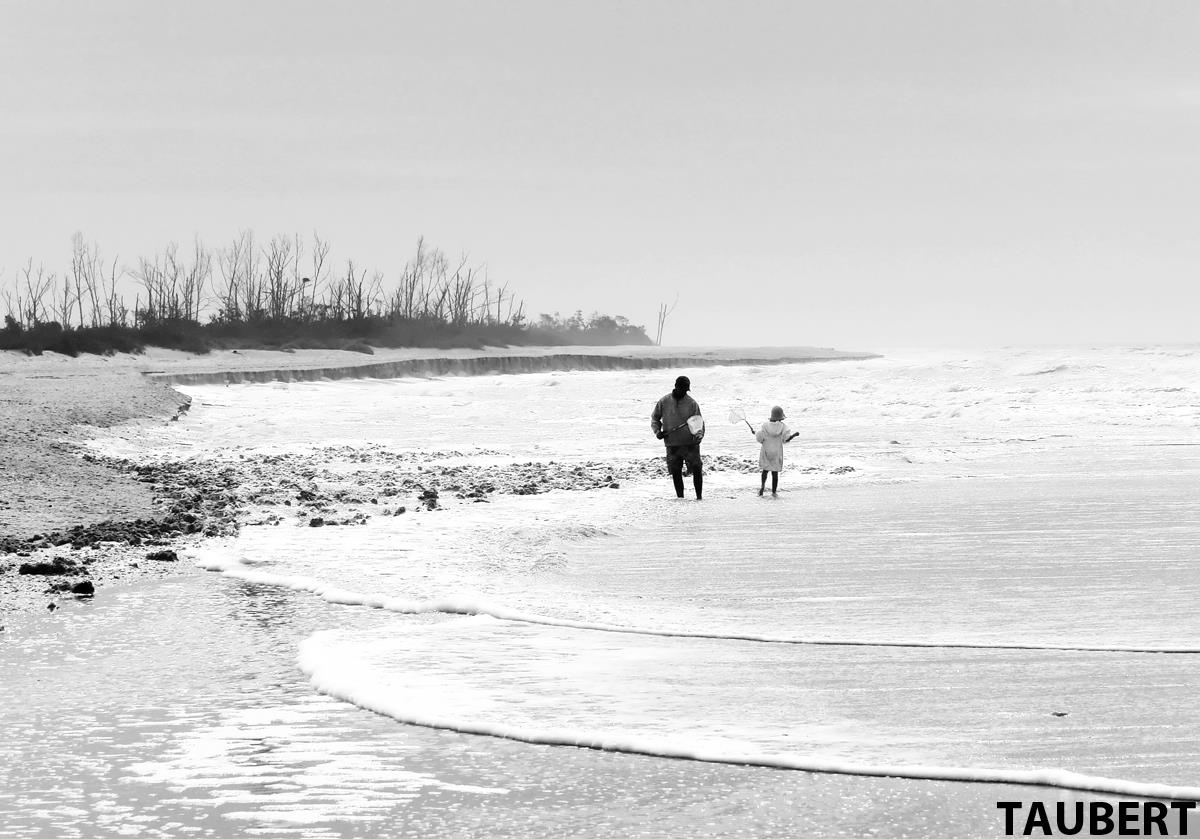
The next time Sarokin saw Graham, it was at Tin Pan South, a week long celebration of songwriters put on by the NSAI (Nashville Songwriter’s Assoc. International). The highlight of the event was a “Legends” concert, which included performances by Mac Davis, Paul Williams, and Jackson Browne — with Graham closing the show.
Sarokin was at the event with a Nashville pro songwriter who happened to be hosting a private after-party where Nash showed up.
“To just fill in a little backstory,” states Sarokin, “My history with Graham actually goes back to the late 60s. In those days, I was using the stage name Dennis Larden and I was in a sunshine pop band called ‘Every Mother’s Son’. One day in 1967, I was walking out of Allegro studio in New York at the same time that Graham happened to be trying to find the exact studio I had just left. He saw that I had a guitar in my hand and stopped to asked me if I knew where the studio was. I said, ‘Aren’t you Graham Nash from the Hollies?’ And he said, ‘Yeah’. I was thrilled. The Hollies were heroes of mine. I met him that day. Boom. Gone.“
“The next time I saw Graham,” continues Sarokin, “was in the 70s. I was doing a soundtrack album for a film in a studio at Wally Heider’s when one of my bandmates (who used to be a roadie for the Buffalo Springfield) said, ‘Hey, Stephen Stills’ new band is just around the corner in the other studio.’ We went by to see it. The way the studio was set up, when you opened the door in Wally Heider’s, you were IN the control booth. Boom. There was no entrance level or receptionist. When I walked in, Stephen Stills had just finished the guitar over-dub on ‘Judy Blue Eyes’ and this was the first time that the band, Crosby, Stills, and Nash, was ever hearing the completed song. I walked in the door at that very moment. Crosby even recognized my friend and passed us a ‘party favor’. Words can’t describe what the mood was like in that room. After the final ‘dit dit di-it’ the room got quiet. We all knew this was a milestone music in rock music. I felt like a voyeur on their musical honeymoon.“
“So, it’s odd,” continues Sarokin, “that this history existed between us. At the moment when Graham was leaving the Hollies and arriving in America, I’m the guy who gave him his first New York street directions. At the moment when Crosby, Stills, and Nash first came alive in the studio, I’m the guy who just happened to be the bystander.”
“Now, flash forward again to that songwriter’s party in Nashville in 1999,” states Sarokin. “The recording was done. I was really concerned as to whether my ‘Sanibel’ song was going to be on the CSNY reunion album, or not? No one had notified me. When I see Nash at the party, I head over, stick out my hand, and say, ‘Hi Graham, Denny Sarokin.’ Graham looks up and says, ‘Nice to meet you.’“
“I’m standing there thinking to myself, ‘Ummm, nice to meet me isn’t the answer I was looking for,’” continues Sarokin. “But then, all of a sudden, Graham starts shaking my hand and says, ‘Denny? DENNY?’ Then Graham told his PR guy, ‘Look it’s Denny! Denny from Sanibel.’ And he did this whole excited-to-see-me thing. Regarding the song, Graham told me that Neil was the one deciding on all the cuts, and he really loved mine, but nothing was a done-deal until Neil signs off — and Neil doesn’t sign off like, ‘I’m signing off to do the project’; he signs off at the end of a project like, ‘OK we will release it.’“
“But Nash was all excited to see me,” continues Sarokin, “and all excited about the song. I mentioned to him this long history that we’ve had. And how, even though we had ‘known’ each other for 30 years and this is the first time we’d ever really had a face-to-face conversation, that I had been there at some of the major pivotal moments in his life.”
Finally. ‘Sanibel’ Gets Released.
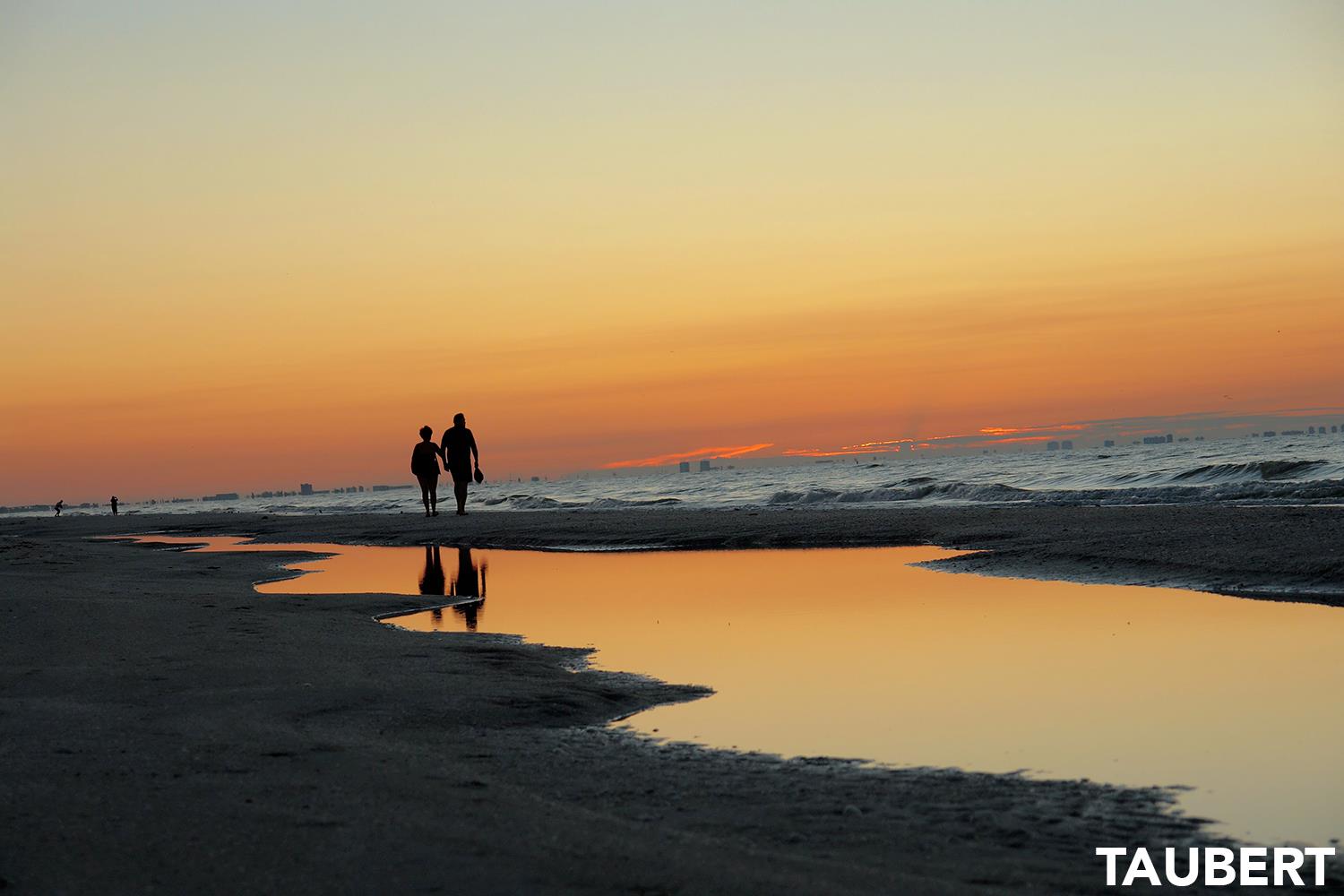
“A little more time passes,” states Sarokin. “and I finally got a call from Graham on August 8th, 1999, telling me that CSNY had just finished sequencing the CD. ‘Sanibel’ was programmed as the last cut. Neil said, ‘We’ve taken the listener on an emotional roller coaster – let’s drop ‘em off on a nice little island.’ Neil had been a champion for the song, in spite of new material popping up from the others. Still, Graham cautioned me that nothing was certain until the master was approved by everyone; but he promised to call me when it was a done deal. I didn’t hear from Graham for a while (and didn’t expect to after he broke his leg in a boating accident), but I did receive all the pre-release paper work from the Warner Bros. Records legal department. This was not a test. Now, I finally spread the news to my friends, family, and musical comrades.”
“On Oct. 10th,” continues Sarokin, “I came home to a message on my machine. Graham Nash, a man of his word, called to tell me that ‘Sanibel’ was indeed going to be included on the CD and it was also being released as one of the singles. I was disappointed I missed his call, but laughed at the irony. After all, this whole crazy ride had started with a message on my machine, and now it had finally come full circle.“
“On October 26th, 1999, ‘Looking Forward’ by CSNY was released,” states Sarokin. “I went to the store and bought album. Even though ‘Sanibel’ was the last cut, I listened to the whole CD in sequence. I welled up with tears as I listened to Crosby, Stills, Nash, & Young… & me. I’ve never been blessed with children; but, to a writer, songs are like children. Small, living extensions of our creative being. These wonderful artists brought my song to life, and now, a little piece of me is out there touching people all around the world.“
“When CSNY went on tour to promote the album,” states Sarokin, “Graham was gracious enough to provide me with tickets to the Nashville show, as well as the show in Miami. I brought my Dad, Bernie, who was an enormous show-biz fan who had always supported my dreams though all the peaks and valleys. We went backstage after the show and hung out in the V.I.P. room. One of the real thrills for me was meeting and talking to ‘Duck’ Dunn, legendary Stax-Volts bass player (‘Booker T. & The M.G.s’) and bassist for the CSNY band. I saw Neil talking to someone in the corner, but every time I tried to drift over to where he was, he was gone.“
“Later on,” continues Sarokin, “as we were saying goodbye; Neil walked by on his way out of the stadium. He looked like a defeated boxer — exhausted, head down, glazed expression, and with some kind of a coat or robe wrapped around his shoulders. Graham stopped him and said, ‘Neil, this is Denny – Denny wrote Sanibel.’ Neil paused and, in slow motion, he looked up and made eye contact. The corners of his mouth turned up in a petite grin and he extended his hand. His handshake was as ethereal as the man himself. I thought it peculiar that this cotton candy-grip had literally torn the strings off a guitar an hour ago. He didn’t say a word, just disappeared back into the musical Mists of Avalon. I was touched by his subtle but sincere gesture. My song and I had just received a benediction from the mystic pope of Rock ‘n Roll.”
Here is some video of Denny Sarokin telling much of the back story of how his song “Sanibel” was written…
Here is Denny Sarokin’s official “Sanibel” Music Video…
Here is the final recording of “Sanibel” that was released by CSNY on their 1999 album “Looking Forward”…
Additional Information about Denny Sarokin
Learn More about Denny Sarokin: dennysarokin.com
all featured photos: eric j. taubert | taubert gallery
If you don’t follow @Sanibel_Barometer on Instagram, then you’re missing out on half the fun!
Disclaimer: Information is harvested (at time of publication) from publicly available sources and is deemed reliable but not guaranteed – any editorial content is solely opinion-based – availability, prices, details, and etc are subject to change or withdrawal at any time and for any reason. All dimensions are approximate and have not been verified. All data should be independently verified.
